
Get caught up with our journal! Review some of the top stories from the Contemporary Pediatrics website over the last week, and catch up on anything you may have missed.

Get caught up with our journal! Review some of the top stories from the Contemporary Pediatrics website over the last week, and catch up on anything you may have missed.
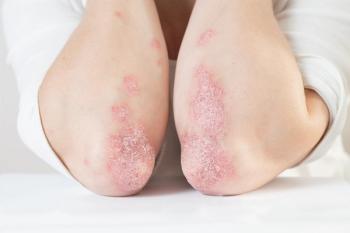
The primary endpoint of the study was to measure childhood stigma related to disease visibility.
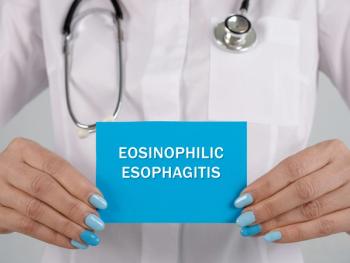
New data for FDA-approved dupilumab (Dupixent; Regeneron and Sanofi) highlights positive study results for the eosinophilic esophagitis (EoE) treatment in children aged 1 to 11 years.

A retracted paper that erroneously claimed the measles, mumps and rubella (MMR) vaccine caused autism has repercussions still being felt today around topics such as vaccination, misinformation and disinformation, and measles incidence rates.

Shreya Doshi, MBBS, FAAP, explains what health care sustainability is and how the industry contributes to climate change.

"I suspect that some doctors still have not changed their ways, so if you see your ENT, EM, or pediatric colleagues prescribing them, please ask them to stop." - Jon Matthew Farber, MD.

"This decision will have serious health consequences for children and young people," stated the president of the American Academy of Pediatrics.

How providers can advocate for increased research determining social media and its association with youth mental health.
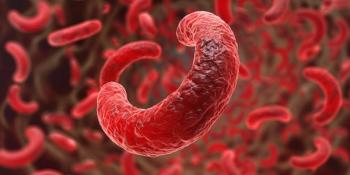
The first thought that emerges is: how can we, as strong and persistent advocates for children and health equity, effectively remove barriers for accessing care that is driven by a dependency on financial resources?

Investigators therefore concluded that ROAR provides an excellent way to identify children at highest risk of having poor reading skills.
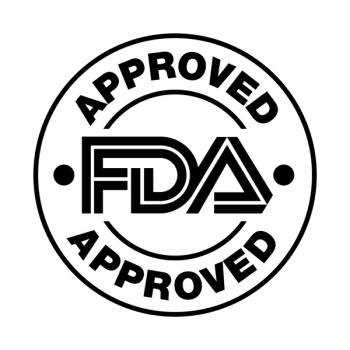
The decision makes pitolisant the first and only FDA-approved, non-scheduled treatment option for daytime sleepiness in this patient population.

Get caught up with our journal! Review some of the top stories from the Contemporary Pediatrics website over the last week, and catch up on anything you may have missed.

For ambulatory Duchenne patients, delandistrogene moxeparvovec-rokl was granted traditional approval, while accelerated approval was granted for non-ambulatory patients.

The disparity among specialist care for children with Medicaid vs private insurance was further widened for children with persistent asthma.
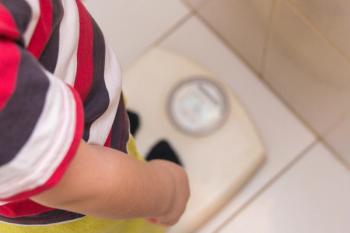
Participants included adolescents aged 13 to 17 years with severe obesity, defined as at or greater than 120% of the 95th BMI percentile.

Brief but practical reminders to help prevent drowning in children from the perspective of an emergency medicine fellow.

The tool, the Kaiser Permanente neonatal EOS calculator, is designed to guide decision making based on objective data available at birth.

A discussion and explanation of metatarsus adductus, why screening is important, and the UNFO brace for treatment.
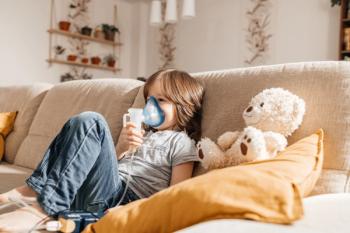
Findings "suggest that LUS is a promising tool for estimating respiratory outcomes in the first 2 years of life," wrote the study investigators.

The company also announced that it has surpassed its interim analysis enrollment target and expects topline phase 3 data from the FORTIFY study (NCT05775848) among individuals with LGMD21/R9 in 2025.

The USPSTF is encouraging providers to promote behavioral interventions as the primary effective intervention for weight loss in children and adolescents.

The national survey revealed parents are eager to learn more about school-based mental health services.

Approximately half of study participants had tried lifestyle modifications and used vitamin supplementation, and most were taking multiple medications.

Get caught up with our journal! Review some of the top stories from the Contemporary Pediatrics website over the last week, and catch up on anything you may have missed.

Water safety tips from the CDC including drowning prevention, pool chemical injury prevention, and keeping swimmers safe.

Experts highlight common waterborne illnesses, preventive tips for summer.

The analysis was based on 573 hospitalizations (most patients had an average of 2 hospitalization episodes) in which new BCs were drawn more than 48 hours after initial cultures were negative.

The decision is based on statistical significance achieved in the T2NOW trial, which demonstrated reduction of A1C.

Compared with controls, children with CHD performed less well across all WISC-V indices and with large effect sizes for all indices and most subtests.

Unexpected seasonal RSV following COVID-19 highlighted the need for ongoing research to better understand transmission and ongoing impact from the pandemic.